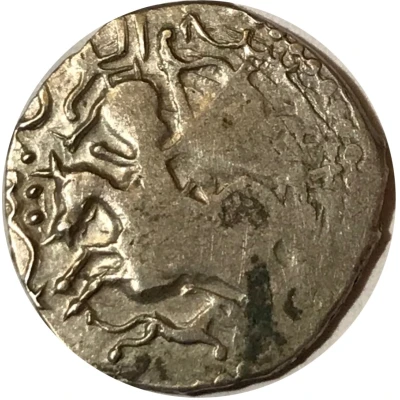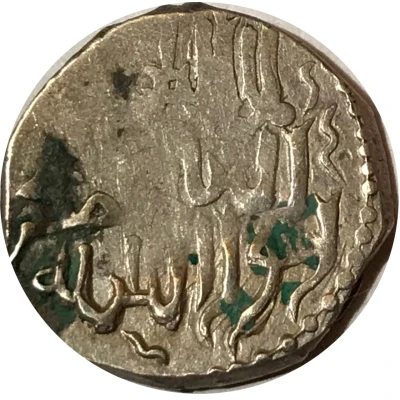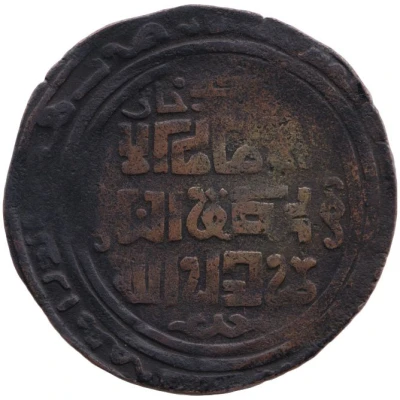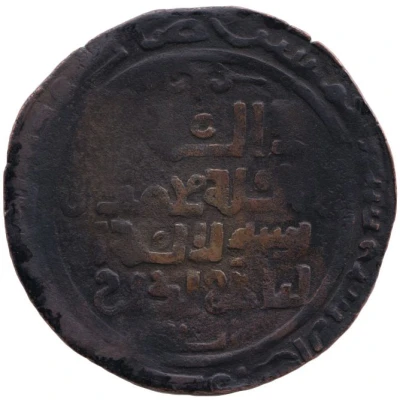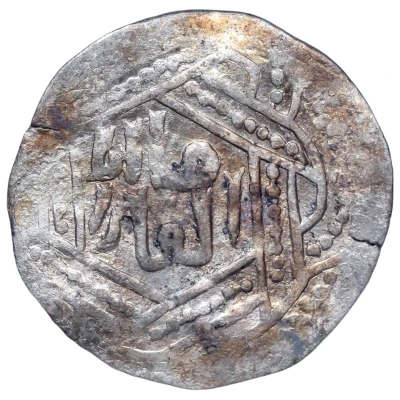
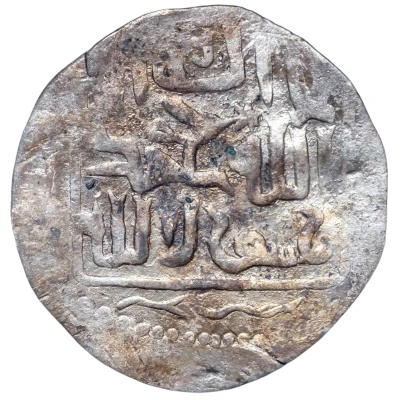

© Grinya (CC BY-NC-SA)
Dirham - Anonymous "Qa'an al-'Adil in hexagram" Tabriz ND
| Silver | 2.5 g | - |
| Issuer | Great Mongol |
|---|---|
| Type | Standard circulation coin |
| Years | 1243-1271 |
| Value | Silver Dirham (0.7) |
| Currency | Dinar (1206-1368) |
| Composition | Silver |
| Weight | 2.5 g |
| Shape | Round (irregular) |
| Technique | Hammered |
| Demonetized | Yes |
| Updated | 2024-10-06 |
| Numista | N#423828 |
|---|---|
| Rarity index | 97% |
Reverse
Kalima
Comment
Known dates are 643, then almost every year 650-670. Qa’an al-‘adil or qa’an al-‘adil al-a‘zam within the obverse hexagon, kalima within the reverse square, date & mint in the
reverse margin. Dirhams of 643 are usually very well struck, later dates increasingly crude.
This type was struck mainly at Tabriz. Other mints are very rare. Some dates between 644 and 649 have been reported, but never confirmed; 643 was probably a frozen year until 649.
Interesting fact
One interesting fact about this coin is that it features a unique hexagram symbol on one side, which is believed to represent the six days of creation in the Islamic tradition. This symbol is surrounded by the name of the Mongol ruler, Qa'an al-'Adil, who ruled over present-day Iran, Azerbaijan, and parts of Turkey during the 13th century. The use of this symbol and the name of the ruler on the coin reflects the blending of Islamic and Mongolian cultures during this period.
